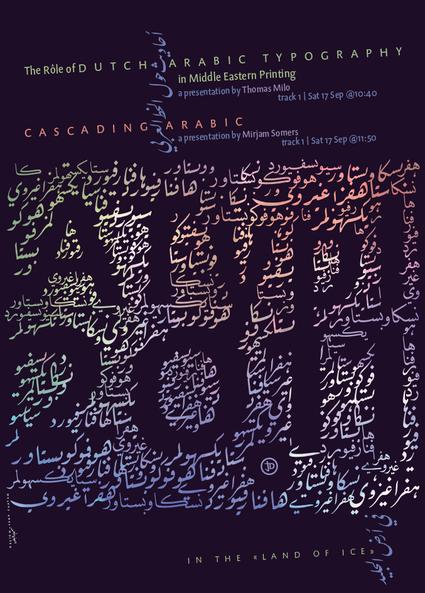///MIRJAM SOMERS
Mirjam Somers is a typedesigner and a developer of font technology especially for Arabic script. She has been working for more than 29 years in this field.
After grammar school with a focus on science and mathematics, she first studied at St. Joost, Academy for Beaux Arts in Breda and continued at the Gerrit Rietveld Academy in Amsterdam, where she graduated in 1974 with a focus on architecture. After having worked as an architect, carpenter and free-lance typographer, she produced in 1982, together with Thomas Milo, The Arabic Letterbox, a “Smart font avant la lettre”, a prototype of an educational tool for teaching the principles of correct connecting Arabic: the wooden letters were provided with connecting codes.
It was the starting point of a development of smart font technology for Arabic script for which, in 1985, she and her partners Peter Somers and Thomas Milo set up the company DecoType: Designers of computer-aided Typography.
>Read more: http://www.atypi.org/past-conferences/2011-reykjavik/programme/speaker?s=Mirjam%20Somers
